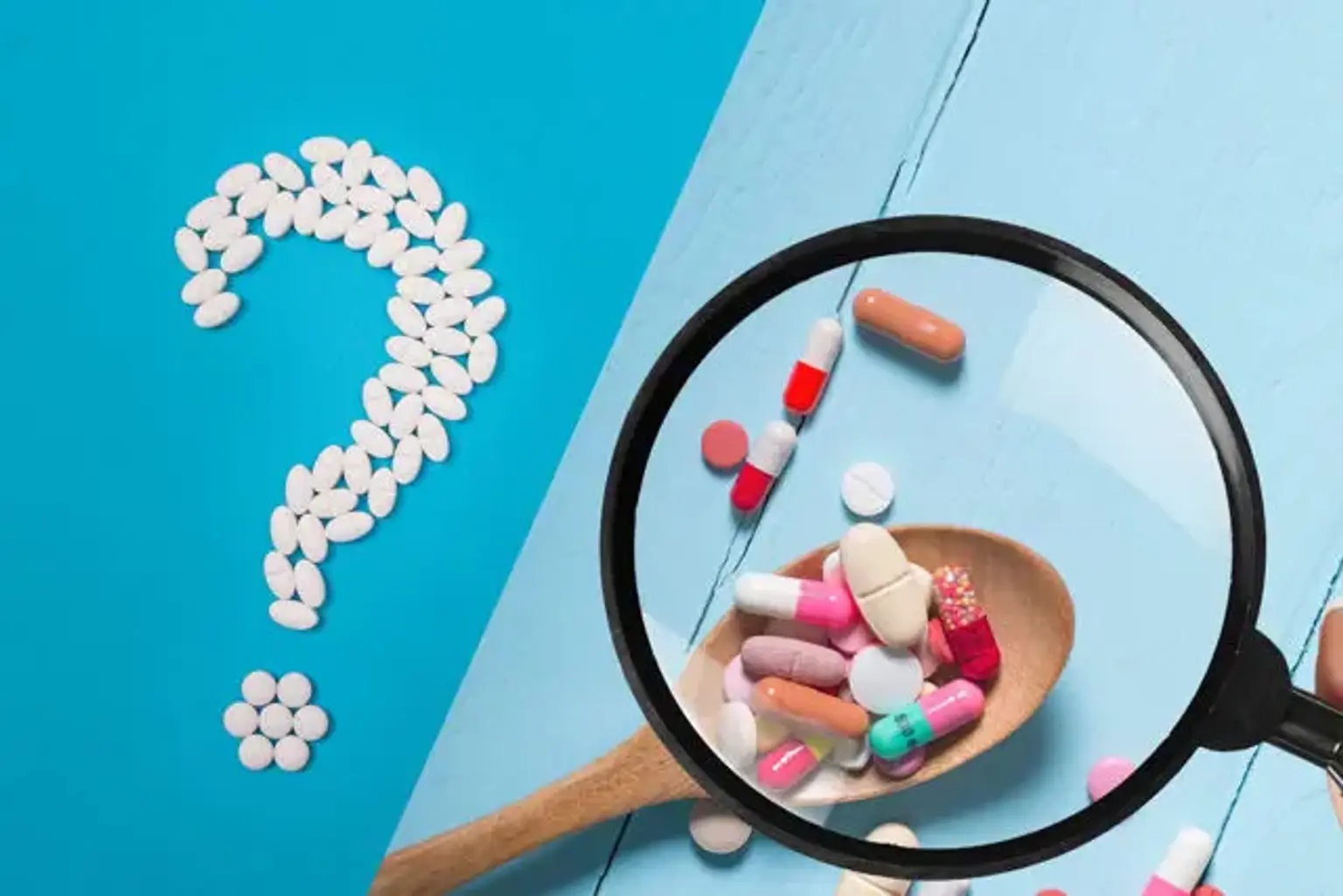Introduction
The Importance of Pill Identification
In a world where medications come in countless shapes, sizes, and colors, accurate pill identification is crucial for ensuring safety and proper treatment. Whether it’s a prescription drug, over-the-counter medication, or a forgotten pill found in a drawer, knowing exactly what you’re taking is essential for avoiding potentially harmful mistakes.
Misidentified pills can lead to incorrect dosages, harmful drug interactions, or even life-threatening situations. This is particularly relevant in Korea, where the pharmaceutical industry is both highly advanced and vulnerable to challenges like counterfeit drugs. This article delves into the reasons why accurate pill identification is vital for patient safety and explores methods to enhance medication management.
Understanding Accurate Pill Identification
Pill identification involves recognizing the characteristics of a medication—such as its imprint code, color, shape, and size—and confirming its authenticity. This process ensures that the correct drug is taken as prescribed and helps avoid harmful errors. Tools like pill identification apps, pharmacist consultations, and online databases have made it easier for patients to verify their medications. However, understanding the basics of pill identification remains the first line of defense against medication errors.
The Risks of Incorrect Pill Identification
Health Risks of Taking the Wrong Medication
Taking the wrong pill can have severe health consequences. These risks range from minor allergic reactions to life-threatening complications such as toxic overdoses or organ failure. For instance, mistakenly taking a high-strength painkiller instead of a mild analgesic can result in dependency, respiratory depression, or even overdose, requiring emergency medical intervention.
